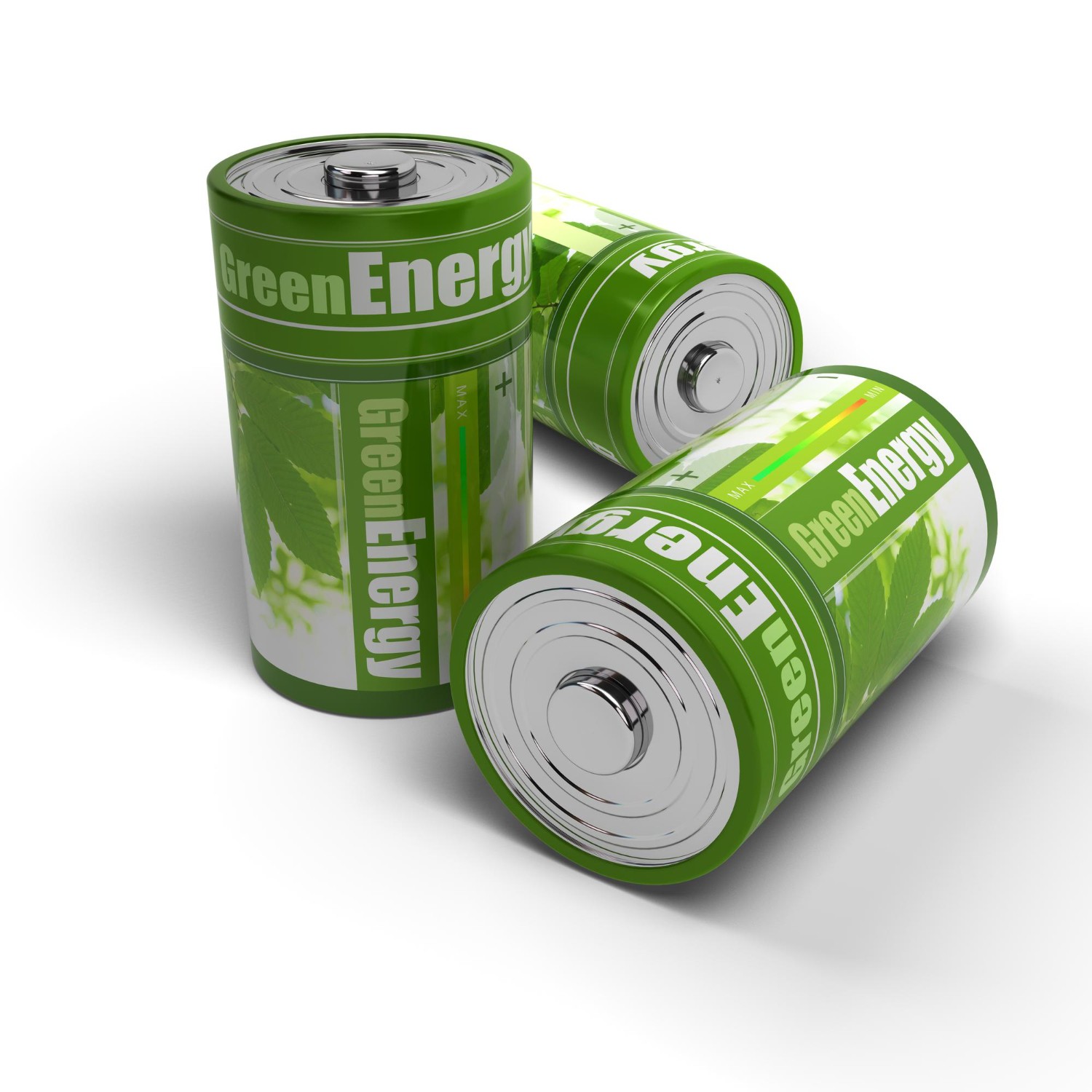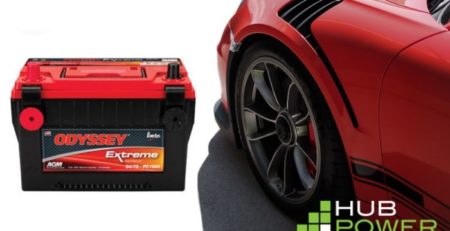Battery Separators | The Eco-Friendly Battery Solution To Use in 2022
Batteries are a useful tool to have if you’re powering large motor vehicles, small trucks, or sizable boats. They often contain some basic components such as an anode, a cathode, and an electrolyte. However, one often overlooked part of the batteries is the battery separators. As their name suggests, they separate components of a battery and help keep its functionality and performance to a peak. They’re also environmentally beneficial, helping to prevent batteries from leaking into waterways.
At Hub Power, we provide sustainable energy batteries and sustainable energy solutions for a variety of clients. We’ll help you find the right products at the right price and answer any questions you may have about battery separators. In this article, we’ll help you understand what they are, how they increase user safety, and the signs you should spot to see if it’s a good product.
“Our battery seperators allow batteries to combine during charging periods while isolating the batteries during discharging and engine starting periods. They are designed for 12 or 24 volt systems. Features include Dual sensing, Ignition protected, supports high output alternators, high amperage, and Ignition protected to be used safely on gas powered vessels. Talk with one of our energy experts today about finding the right solution for you.”
What Is A Battery Separator?
A battery separator is a special part that contains a polymeric membrane in between the positively charged anode and negatively charged cathode. These components not only stop toxic battery leaks from happening but also prevents electrical short circuits. The separator part is a microporous layer that is moistened by electrolytes, acting as catalysts that boost ion movement from one electrode to the other electrode.
As the battery charges, the ions move from cathode to anode in one direction. When the battery gets discharged, the ions reverse course and change direction. The battery separator controls the number of ions moving between the battery’s positive and negative terminals. Afterwards, it becomes responsible for keeping ions from self-discharging or leaking when the battery is performing at its ideal stage.
When these electrical ions pass through the separator more freely, any electrical conductivity is mitigated because the separator serves as an electrical isolator. They act as inactive thin porous membranes that physically separates the cathode from the anode with an electrochemical reaction. Separators allow ion transport to occur more smoothly in a batter and cut off the melting points to prevent thermal runaways.
This gets us into the issue of safety and how battery separators can increase the safety of their users. Let’s explore how they get this accomplished.
How Do Battery Separators Increase Safety For The User?
Battery separators are a critical battery component for ensuring the highest standards in product safety. They’re often built with special shutdown mechanisms that maintain a balanced temperature for the battery, avoid overheating or short-circuiting. As the temperature of a battery cell rises, the polymeric separators melt and close the battery’s pores, blocking further ion movement and flow through a separator shutdown.
Another important way battery separators keep users safe is through separator breakdown. This is when a battery operating above a certain temperature loses the separator’s integrity, allowing for direct contact between the cathode and the anode. The separator, in turn, utilizes the shutdown and breakdown temperature measures to avoid or delay thermal runaway processes. The ability of a separator to shut down a battery largely depends on a battery’s parameters. Examples include their molecular weight, percent crystallinity (density), and processing history.
These are just some of the features that make a good battery separator. We’ll detail other features you should spot in a separator before purchasing one for yourself.
What Makes A Good Battery Separator?
Since battery separators are directly linked to user safety, they should meet several requirements and standards to be considered on par with other products. Battery separator material should be electrochemically stable with high insulation levels. They should separate the contact of a battery’s cathode and anode parts from interacting, as well as prevent lithium-ion reactions from occurring.
The separator should also contain a number of same-sized pores on its surface. This makes it so that the lithium-ions can easily transition in-between separators. If there aren’t enough of these similarly sized pores or their measurements are different, the lithium-ions won’t be able to move that easily.
The main purpose of a battery separator is to shut things down if the battery goes over a certain boiling point. Separators ensure safety by shutting down the pores and blocking the movement of electrical lithium ions. They should be thin enough to put more active materials in a battery and increase overall energy density. Moreover, separators should also have the high mechanical strength to prevent vehicle damage and make sure the user is safe at all times.
Contact Hub Power now to learn more about battery separators and our other sustainable power solutions. Our dedicated staff will help you find the perfect products for anything you need!












